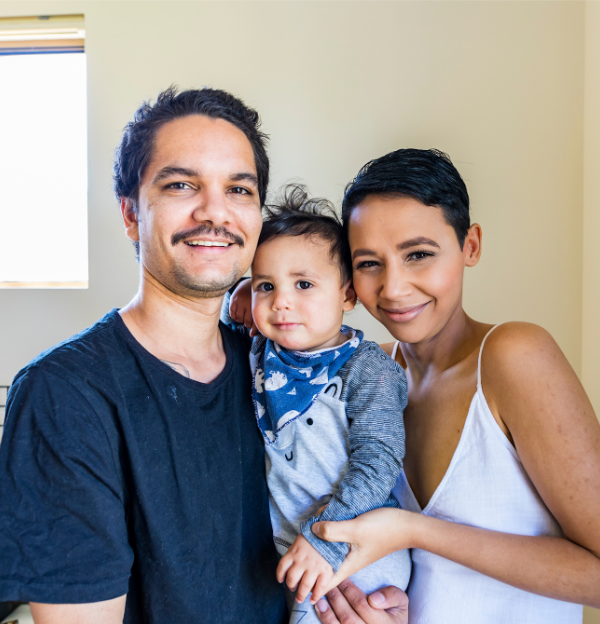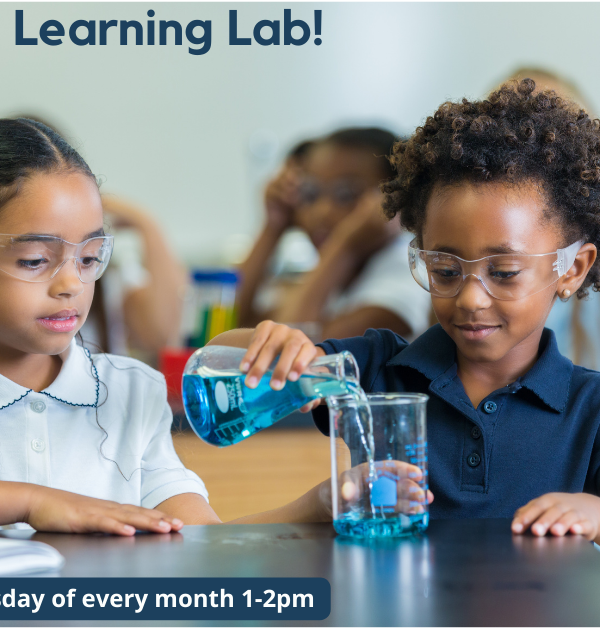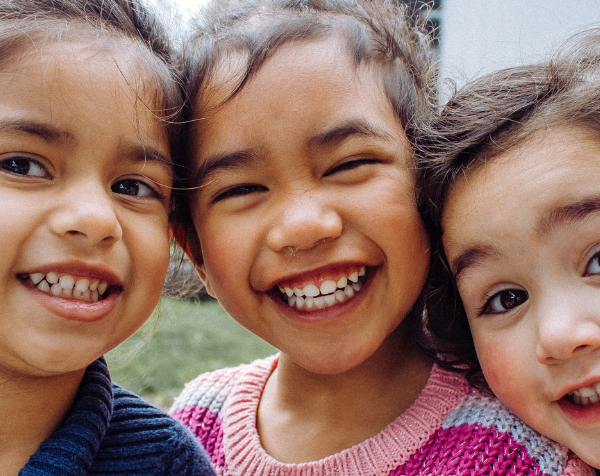
Improving Outcomes for Children
2nd May 16
In 2009, Australia became the first country in the world to collect national data on the developmental health and wellbeing of all children as they start their first year of full-time school. The latest Australian Early Development Census (AEDC) was released on 9 March 2016, and while it shows signs of improvement in areas like literacy and numeracy, it also tells us there is work that we all need to do to give Australian children the best possible start.
The AEDC measures five important population level domains of early childhood development that are closely linked to the predictors of adult health, education and social outcomes.
Data started being collected for the AEDC in 2009 and was captured again in 2012 and most recently in 2015. Now, for the first time, schools, communities and governments can track emerging trends in early childhood development. Since 2009, the census has included over 96 per cent of eligible children in their first year of full-time school – representing data on over 850,000 children to inform communities and governments of best practice in the important area of early childhood development.
The 2015 results show that around one in five children were developmentally vulnerable on one or more domain(s), which is in line with results from in 2012, and an improvement from results from 2009.
• Physical health and wellbeing: The proportion of children developmentally vulnerable in this domain was quite stable at 9.4 and 9.3 per cent in 2009 and 2012, but increased to 9.7 per cent in 2015.
• Social competence: Developmental vulnerability decreased from 9.5 per cent in 2009 to 9.3 per cent in 2013, and has increased to 9.9 per cent in 2015.
• Emotional maturity: The number of children developmentally vulnerable in this domain has fluctuated over time. It decreased from 8.9 per cent in 2009 to 7.6 per cent in 2012, then increased to 8.4 per cent in 2015.
• Language and cognitive skills (school-based): Significant improvements were made in children’s language and cognitive skills. The proportion of children who are developmentally vulnerable has decreased from 8.9 per cent in 2009 to 6.5 per cent in 2015.
• Communication skills and general knowledge: Developmental vulnerability has steadily decreased from 9.2 per cent in 2009 to 8.0 per cent in 2015.
It is not surprising that AEDC data suggests that where children live can have an impact on their development. Children living in very remote areas in Australia in 2015 were twice as likely as those living in major cities to be developmentally vulnerable on one or more domains, at 47 per cent and 21 per cent respectively. The percentage of developmentally vulnerable children in major cities and inner regional Australia has remained consistent since 2012 and improved from 2009.
However, developmental vulnerability for children in very remote areas has steadily increased since 2009. This increase in vulnerability is contributing to a widening gap between these children and those in major cities, which has grown from 23 per cent in 2009 to 26 per cent in 2015.
Positively, there has been a significant decrease over time in the percentage of Indigenous children vulnerable on one or more domain(s), from 47 per cent in 2009 to 42 per cent in 2015. While Indigenous children are twice as likely to be developmentally vulnerable than non-Indigenous children, promising results show that this gap is narrowing over time.
The 2015 AEDC results are encouraging as they show that the development of Australian children is improving on the whole, with developmental vulnerability among children in their first year of full-time school decreasing over time since 2009 nationally. However, differences in developmental vulnerability across the domains and among children from different demographic profiles, suggests there is more work to be done.
Visit the website www.aedc.gov.au to find out more about the 2015 AEDC results.
Information for this article was extracted from Fact Sheet: Emerging trends from the AEDC https://www.aedc.gov.au/resources/2015-aedc-results
So what are communities doing to improve outcomes for their children?
A strong example of community action in response to the AEDC results has been evidenced in Burnie North West Tasmania. In 2009 the AEDC reported that Burnie had 27.5% of children vulnerable in one domain in the AEDC, and 14.9% of children vulnerable on two or more domains.
In the recent release of the 2015 AEDC results Burnie has reported a significant decrease in the percentage of children who are vulnerable in one domain down by 7.8% from 2009 to 2015 reporting 19.7%. However, the more significant improvement was seen in children vulnerable on two or more domains which saw a decrease of 8.2%, this decrease is significantly lower than the state of Tasmania and demonstrates an incredible improvement in the outcomes of children in the Burnie area.
The improved outcomes for children in the Burnie is a great example of the contribution of a collective shared effort positively impacting the results for children and families in this area. In 2012, Burnie decided that they were going to work collectively to change the outcomes for children, families and their community as a whole. They undertook a journey or exploration and research on Collective Impact and determined that this was an approach that they were willing to invest in to change the future of their community.
The life course approach from early childhood through primary school, high school, university and through to prosperous employment options the ‘Burnie Works’ collective has a focus on making Burnie a caring, inclusive, smart, sustainable and vibrant place to live (http://www.burnieworks.com.au/about-burnie-works.html).
Improvements such as these requires collective, collaborative contributions and in this case involvement of Government, Non- Government, Business and community members to drive change and improve the outcomes for this community. Some of the working groups that form part of ‘Burnie Works’ include: Everyday Counts (formerly Ten Families), Hilltop, Big, Dream Big and Employment Partnership Group. These initiatives with activities focused on lifelong learning, aspirational opportunities for children, young people and families and wrap around service provision reducing service duplication have contributed to the outcomes for children in Burnie.
In 2013, the Burnie Child and Family Centre opened. This centre is a purpose build innovative model of service integration with a focus on improving the health and wellbeing, education and care of young children through providing support for parents and caregivers and enhancing the accessibility to services in the community. This particular centre offers a range of programs, services and activities that are focused on decreasing social isolation and improving the opportunity for families and young children to access services and experiences enhancing the outcomes of children to enter school ready to learn.
The Everyday Counts (formerly 10 Families) working group aims to work with whole of families to assist children who are having difficulty attending school to remain connected to education through a collaborative approach to supporting families and children to engage in education.
Burnie is a great example demonstrating the contribution that a collective approach has to the overall outcomes of children and families and the community as a whole. Results Based Accountability strongly aligns and enhances the work of Collective Impact with great results demonstrated locally and internationally where the RBA framework has been used. If you would like further information on how RBA can help your collective or you would like to start a collective in your community, please contact us to discuss this further.
For more information on Burnie:
For more information on RBA and Collective Impact:



